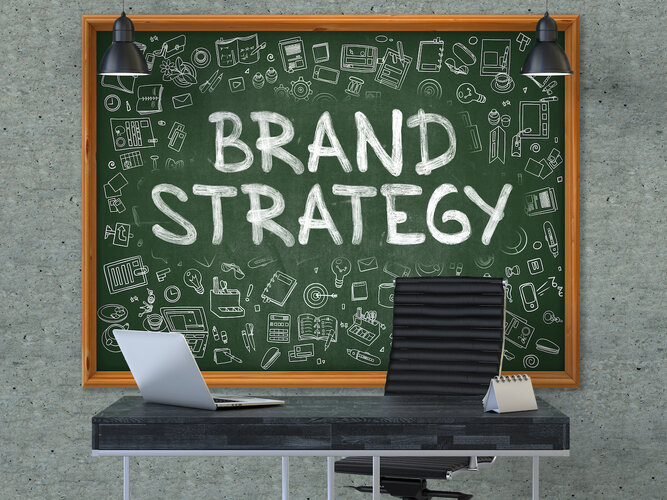If you ask a car salesperson if it’s time for a new car, they are going to tell you “of course!” without even looking at what you are driving – this will probably be true if you ask the salesperson of a web design agency if it’s time for you to get a new website! But if you ask a designer, a developer, or a marketer at the same agency you will get different answers – so how do you know if it’s really the right time to invest in a new website or refresh your existing site? There are a few benchmarks you can check your website against to see if it’s ready for an update, or if it’s already in peak condition.
-
Is your site user-friendly?
In 2006, having a user-friendly website meant having one that you could use on any browser. Ten years on it was about having a mobile responsive website that could be used on any device. Now accessibility is the benchmark we are measuring the internet against. If your website isn’t inclusive and meeting basic accessibility criteria, it is showing its age!
-
Does it match your business branding and messaging?
If the main message of your business has evolved, or the industry you are working in is talking about things differently, then it’s time to at least address the content of your website. Your photos, imagery and branding should also be assessed to make sure they are showing your business in the best possible light.
-
Do you dread updating your website?
Content Management Systems (CMS) like WordPress, Magento, Joomla, Drupal, Shopify and all of their friends are constantly being updated, so if making basic changes to your website is costly, time-consuming or just plain clunky and awkward, it could be time to get an update.
-
Is your website performing at its best?
Your next checkpoint involves digging into your statistics. If your traffic is less than it used to be, or your conversion rate has started to decline then something is wrong. These symptoms are not necessarily going to be cured by a new website, but they are not to be ignored. It’s time to put your detective hat on and start to investigate what’s going wrong and how you can solve it.
-
What are your competitors up to?
While your detective hat is on, have a snoop on your competitors’ websites! Have they redesigned their site recently, or given their brand a facelift? If so, what changes have they implemented? If not, what are they talking about and what types of content are they using? Of course, it’s not a substitute for real market research, but it’s better than none at all!
If you are still on the fence, there is a simple test – do you cringe at the thought of your customers going to your website, or do you beam with pride and encourage people to head there whenever you can? An honest answer to this question will tell you all you need to know.
Are you feeling inspired and thinking of injecting some fresh thinking into your website, or creating a new one from scratch? Get in touch with our team and find out how we can help. Contact us here.










